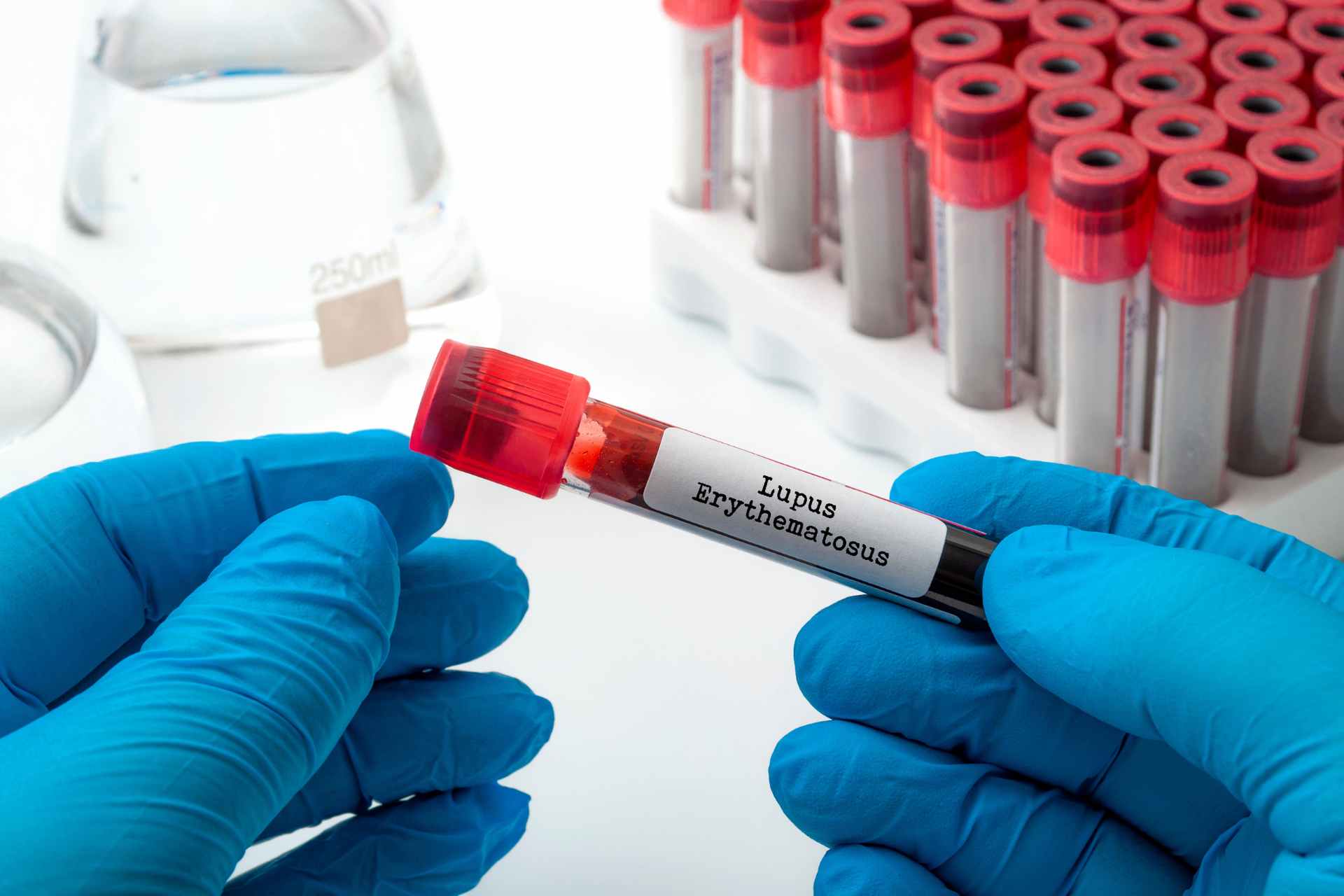What is already known
Systemic lupus erythematosus (SLE) is a complex autoimmune condition marked by ongoing inflammation, impacting all organs and posing difficulties for clinical intervention. The disruption of the gut microbiota balance, known as dysbiosis, contributes to autoimmune disorders that damage extraintestinal organs. Adjusting the gut microbiome is suggested as a promising strategy for optimizing specific aspects of the immune system, potentially alleviating systemic inflammation in various medical conditions.
What this research adds
A recent study illustrates that administration of Akkermansia muciniphila and Lactobacillus plantarum resulted in an anti-inflammatory environment with reduced levels of IL-6 and IL-17 (pro-inflammatory cytokines) and elevated levels of IL-10 (anti-inflammatory cytokine) in the bloodstream. The treatment with A. muciniphila and L. plantarum led to the restoration of intestinal barrier integrity to varying degrees. Furthermore, both strains reduced the accumulation of IgG in the kidney and notably enhanced renal function.
Conclusions
This study demonstrated fundamental mechanisms through which A. muciniphila and L. plantarum modify the gut microbiota and control immune responses in the SLE mouse model.
Numerous research studies have highlighted the capacity of specific probiotic strains to regulate excessive inflammation and restore tolerances within the SLE animal model. A greater number of animal trials, coupled with clinical investigations, are needed to further understand the mechanisms by which distinct probiotic bacteria prevent SLE symptoms and develop novel therapeutic targets.
Liu and colleagues, recently published a study in Clinical Microbiology journal, where they explored the role of A. muciniphila and L. plantarum in ameliorating SLE disease. Both the administration of A. muciniphila and L. plantarum were able to alleviate systemic inflammation and enhance renal function in the SLE mouse model.
The authors showed that A. muciniphila and L. plantarum contributed to anti-inflammatory environment by regulating cytokine levels in the bloodstream, restoring the integrity of the intestinal barrier, and reshaping the composition of the gut microbiome.
A. muciniphila and L. plantarum treatment relieved systemic inflammation
To determine the effects of probiotics on active disease in mice, female mice were treated with A. muciniphila or L. plantarum. As the production of antinuclear antibodies (ANA) is the immunological hallmark of SLE, serum ANA titers were assessed and both A. muciniphila- and L. plantarum-treated groups had significantly lower levels of serum ANA than SLE controls, especially the A. muciniphila-treated group.
The overexpression of cytokines has been widely documented as a pivotal factor in the progression of SLE pathogenesis. In particular, autoimmune Th17 cells, which secrete pro-inflammatory cytokines like IL-17, have been shown to contribute to the development of SLE. As anticipated, the levels of IL-17 and IL-6 in the serum were notably diminished in mice treated with probiotics, particularly in the cohort treated with Akkermansia muciniphila (Akk).
Of noteworthy importance, the presence of the anti-inflammatory cytokine IL-10, which has protective effects against SLE, was enhanced in mice treated with probiotics compared to the SLE control group, particularly in the Akk-treated subset. These findings provide evidence that the administration of A. muciniphila and L. plantarum indeed alleviated the inflammatory response in the SLE model.
A.muciniphila and L. plantarum treatment improved renal function
As lupus nephritis is the most common cause of kidney damage in SLE, the authors evaluated renal function by measuring proteinuria and kidney histopathology scores. In comparison to SLE control mice, those treated with probiotics exhibited enhanced renal physiology, characterized by reduced proteinuria, creatinine, and blood urea nitrogen levels. The administration of both A. muciniphila and L. plantarum also significantly alleviated kidney injury.
Immune deposits of IgG autoantibodies in the kidney are pivotal contributors to lupus nephritis. Both Akk and LP ameliorated these IgG autoantibodies, but not the IgM autoantibodies deposited in the kidney. Moreover, the presence of IgA protein was notably diminished following probiotics administration. Hence, the administration of A. muciniphila and L. plantarum could enhance renal function in the SLE model.
A.muciniphila and L. plantarum treatment exerted protective effectsin the intestinal barrier integrity
Gastrointestinal symptoms were documented in over 50% of individuals with SLE, and lupus enteritis was potentially identified as an early sign of SLE. In this study, histological analysis revealed that both probiotics partially restored the histomorphology of the colon. Notably, the control mice exhibited enhanced epithelial damage compared to the group treated with probiotics.
To evaluate intestinal permeability, the researchers investigated the impact of probiotics on intestinal epithelial structures and observed positive alterations in the structures of epithelial cells following probiotics administration. These findings demonstrate that A. muciniphila and L. plantarum contribute to the preservation of intestinal function and the maintenance of barrier integrity in the SLE model.
A.muciniphila and L. plantarum treatment altered the structure and diversity of the gut microbiota
An increasing body of research has shown the potential involvement of gut microbiome dysbiosis in both the development and progression of SLE. Therefore, researchers conducted an analysis of faecal DNA obtained from all groups of experimental mice to elucidate the dynamics of gut microbiota before and after the administration of probiotics. To comprehend alterations in bacterial composition due to probiotic treatment, the authors assessed various parameters, including diversity, richness, distribution of bacteria.
In the group treated with L. plantarum, there was a notable increase in the diversity post-treatment compared to the pre-treatment samples, indicating an increased evenness of the gut microbial community following L. plantarum treatment. Conversely, A. muciniphila treatment displayed no impact on diversity. For the control group, the post-treatment samples showed an increased number of taxonomic categories, which might reflect the microbiota dynamics during disease progression, which was subsequently reversed by the administration of both A. muciniphila and L. plantarum.
Distinct microbiome structures were revealed between pre-treatment and post-treatment samples within each experimental group. Furthermore, the administration of LP led to a reduction in the Firmicutes/Bacteroidetes ratio, as a consequence of the diminished proportion of Firmicutes and an increase in the proportion of Bacteroidetes.
Differential bacterial genera were defined between the pre-treatment and post-treatment samples and there were 21 genera with different proportions within the control group, representing the microbes that altered during the course of the disease. Among these genera, six were altered in response to A. muciniphila administration and nine in response to L. plantarum administration. Notably, Parasutterella demonstrated a consistent increase across all three groups. This bacterium, known to be detrimental, exhibited age-related growth in mice according to previous research.
The presence of Faecalibaculum, a producer of short-chain fatty acids, was reversed by the administration of A. muciniphila and L. plantarum. Additionally, L. plantarum treatment uniquely augmented the levels of butyrate-producing Lachnospiraceae and Roseburia, which is beneficial for the integrity of the intestinal barrier. Various Roseburia species showed higher enrichment in healthy samples when compared with SLE patients. These findings collectively underscore the role of L. plantarum in enhancing the integrity of the gut barrier.
A.muciniphila and L. plantarum treatment exerted differentimpacts on gut microbiota
To further assess the effects of administering A.muciniphila and L. plantarum on the gut microbiota, the authors investigated the interactions among genera within each experimental cohort. In both the control and L. plantarum-treated groups, there was a marginal decrease in the complexity of the network structure among post-treatment mice. Conversely, within the A.muciniphila-treated group, there was a remarkable increase in complexity. These findings underscore the substantial impact of A.muciniphila treatment on the microbial community.
To ascertain whether A. muciniphila and L. plantarum could influence the microbial metabolic functions of SLE mice, alterations in the abundance of metabolic pathways between the pre- and post-treatment samples were evaluated. In comparison to the control group, A. muciniphila treatment induced alterations in a few metabolic functions, with most changes aligned in the same direction as the control group. Impressively, L. plantarum treatment induced divergent changes in multiple metabolic pathways in contrast to the control group. In particular, the high energy dependency of abnormal T cell activation and apoptosis, both integral to SLE pathogenesis. Similarly, the aerobic respiration pathway, a critical energy production process, demonstrated an upswing following L. plantarum treatment.
In order to identify potential bacteria associated with immune disorders in SLE, a correlation analysis between microbial genera and cytokine levels was conducted within each treatment group. A. muciniphila was positively correlated with IL-10 levels in the A.muciniphila-treated group, whereas no correlation emerged between LP and any cytokines in the L. plantarum-treated group.
For the first time it has been demonstrated that treatment with A. muciniphila and L. plantarum can improve the inflammation, intestinal tract, and renal damage occurring in an experimental SLE mice model.
In conclusion, the present study demonstrated an essential role of A. muciniphila and L. plantarum in improving the inflammation and renal damage in mice. This research suggests the critical role of gut microbiota manipulation in relieving the systemic symptoms in a mouse model of SLE. Both L. plantarum and A. muciniphila strains are promising probiotics that benefit multiple diseases, including SLE, but future studies are needed to further explore the molecular mechanisms involved.











